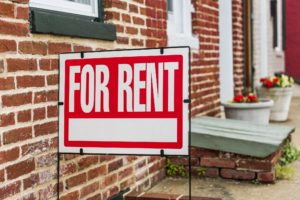 Around 18% of the country’s rental housing stock is composed of homes in two- to four-unit properties, according to CoreLogic [1]. This includes duplexes, triplexes, fourplexes, townhouses, rowhouses, or garden apartments, and these small multi-unit houses make up one-third (34%) of the single-family rental (SFR) market.
Around 18% of the country’s rental housing stock is composed of homes in two- to four-unit properties, according to CoreLogic [1]. This includes duplexes, triplexes, fourplexes, townhouses, rowhouses, or garden apartments, and these small multi-unit houses make up one-third (34%) of the single-family rental (SFR) market.
Demand for single-family rentals is heating up, and is now the fastest growing segment of the housing market. Data from CoreLogic’s 2018 SFR report indicates that its single-family rental index increased 4.1% since January 2018, noting that low rental home inventory, relative to demand is fueling the growth of single-family rent prices.
“Single-family rentals make up one-half of all residential rentals but are an overlooked segment of the housing market,” said CoreLogic Principal Economist Molly Boesel. “Much like the rest of the housing market, single family rentals are affected by market forces and fell rapidly during the Great Recession. They have since bounced back strongly from their low point in 2010, mirroring house price growth.”
According to CoreLogic data, the rate of usage of these two- to four-unit properties varies greatly from city to city. For example, 2- to 4-unit rental homes range from 36.1% of the rental housing stock in the greater Boston metropolitan area to a mere 6.7% in Washington DC metro.
Within the SFR housing market, 2- to 4-unit rentals commonly make up a more significant portion than when compared with the entire rental market, particularly in many urban areas in the Northeast and Midwest. In Boston and New York, for example, over 70% of the SFR stock consists of 2- to 4-unit dwellings. However, in the Denver and Washington DC metropolitan areas, 2- to 4-unit rentals represent only about 21.2% and 19.1% of the cities’ SFR properties, respectively. Additionally, data suggests that high-cost cities such as San Francisco, San Diego, Los Angeles, and New York tend to have lower gross rental yield.